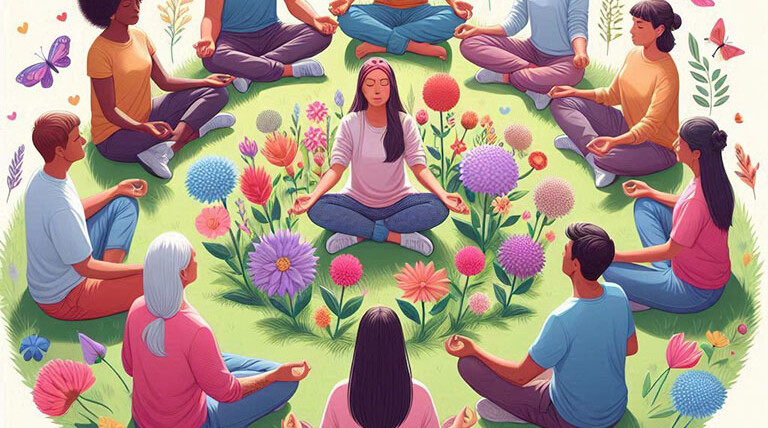Practice video
You can use the following video to practice along. It would take approx. 20 minutes to go through the complete sun salutation sequence 12 times. A daily practice of these steps would bring wonders into your physical and mental health.
Origins and Significance
The practice of Sun Salutations has ancient origins and is traditionally performed at dawn while facing the rising sun. It is said to be a moving prayer, with each pose linked to a breath, creating a flow that energizes the body and calms the mind. The sequence is dedicated to Surya, the Hindu solar deity, and in some traditions, each pose is associated with a specific mantra[2][4][5]. Historically, the sun has been revered in various cultures as a life-giving force, and Sun Salutations reflect this reverence[3][4].
The Sequence
The Sun Salutation sequence typically consists of 12 poses that are performed in a continuous flow. These poses are designed to stretch and strengthen the body, improve flexibility, and promote mental clarity. The sequence often includes the following poses:
- Mountain Pose (Tadasana)
- Raised Arms Pose (Hasta Uttanasana)
- Standing Forward Bend (Uttanasana)
- Half Standing Forward Bend (Ardha Uttanasana)
- Plank Pose (Phalakasana)
- Four-Limbed Staff Pose (Chaturanga Dandasana)
- Cobra Pose (Bhujangasana)
- Downward-Facing Dog (Adho Mukha Svanasana)
- Half Standing Forward Bend (Ardha Uttanasana)
- Standing Forward Bend (Uttanasana)
- Raised Arms Pose (Hasta Uttanasana)
- Mountain Pose (Tadasana)
Each pose is coordinated with inhalation or exhalation, enhancing the flow of prana, or life energy, throughout the body[2][4].
Variations and Practice
There are several variations of Sun Salutations, commonly referred to as sequences A, B, and C. These variations may differ slightly in the poses included and the intensity of the practice. For example, Surya Namaskara B is more rigorous and includes additional poses like Chair Pose (Utkatasana) and Warrior I (Virabhadrasana I)[4].
Sun Salutations can be practiced at any time of day, though they are traditionally performed in the morning. They serve as an excellent warm-up for a yoga practice, preparing the body for more intense poses. Additionally, practicing a set number of Sun Salutations, such as 108, is a common ritual in yoga communities, often performed to mark significant occasions or transitions[1][4].
Benefits
Practicing Sun Salutations offers numerous physical and mental benefits. Physically, it enhances flexibility, strength, and balance. Mentally, it reduces stress and anxiety, promoting a sense of peace and well-being. The practice encourages mindfulness and a deeper connection to one’s breath and body, making it a powerful tool for holistic health[3][4].
In conclusion, Sun Salutations are a versatile and meaningful practice that can be adapted to suit any level of yoga practitioner. Whether performed as a standalone practice or as part of a larger yoga routine, they offer a comprehensive workout for the body and a meditative experience for the mind.
Citations:
[1] https://youaligned.com/yoga/meaning-108-sun-salutations/
[2] https://www.tummee.com/yoga-sequences/sun-salutation-yoga-sequence
[3] https://www.yogarenewteachertraining.com/origin-of-sun-salutations/
[4] https://www.healthline.com/health/fitness/sun-salutation-sequence
[5] https://en.wikipedia.org/wiki/Sun_Salutation
[6] https://www.piedmont.org/living-real-change/yoga-sequence-sun-salutation
[7] https://www.oldtownyoga.com/blog/sun-salutation-a-an-overview-and-breakdown
[8] https://www.verywellfit.com/illustrated-stepbystep-sun-salutation-3567187


